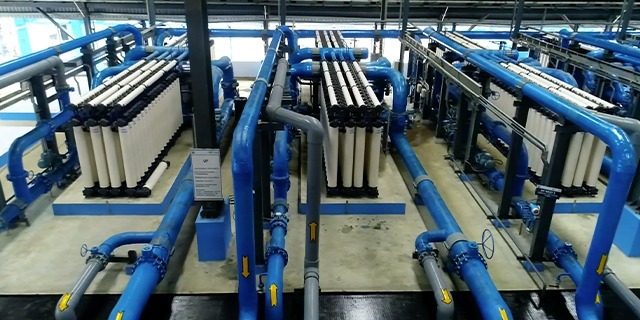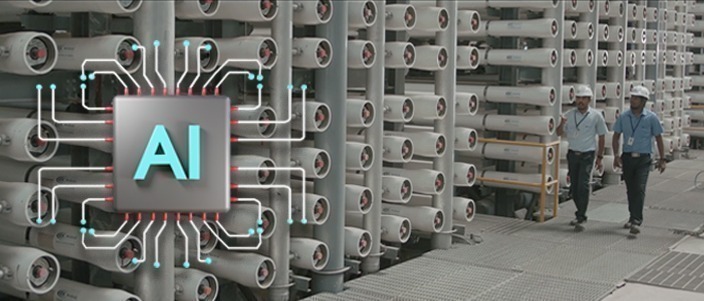Ocean and its Myriad Dimensions
07 June 2022 Submitted by Amir Basha K. Syed

Our Planet Earth depends on the vitality of the ocean for sustenance in myriad ways. Ocean offers innumerable benefits to the mankind in terms of saltmarshes, mangroves, ocean currents, nutrient rich upwelling and other forms of life. As is well known, it provides for an alternative source of water which is reliable, perennial and viable and we, WABAG, with advanced technologies at its command, desalinate sea water into potable water for quenching the thirst of the citizens not only in India but also across the globe. Let us now see its other dimensions:
- The ocean produces over 50% of the world’s oxygen and stores 50 times more carbon dioxide than our atmosphere. The majority
of oxygen production is from oceanic plankton — drifting plants, algae, and some bacteria that can photosynthesis. Ocean plays a major role in carbon cycle. Carbon is continually exchanged between the ocean’s surface waters and the atmosphere, or is stored for long periods of time in the ocean depths - Covering 71% of the Earth’s surface, the ocean transports heat from the equator to the poles, regulating our climate and weather patterns
- 76 % Percent of world’s trade involving some form of marine transportation
- From fishing to boating to kayaking and whale watching, the ocean provides us with so many unique recreational activities
- Many medicinal products come from the ocean, including ingredients that help fight cancer, arthritis, Alzheimer’s disease, and heart disease
- Amount the U.S. ocean economy produces in goods and services is 282 Billion USD. Ocean- dependent businesses employ almost 3 million people
- The ocean provides much more than just seafood. Ingredients from the sea are found in surprising foods such as peanut butter and soymilk
Seawater contains large quantities of valuable minerals, some of which are very scarce and expensive in their land-based form. However, only a few minerals, the ones in high concentrations, are currently mined from the sea. Due to recent challenges with land-based mining industries, seawater mining is becoming an attractive option. The main ions which make up 99.9% of the salts in seawater in decreasing order are: Na+ > Mg2+ > Ca2+, K+ > Sr2+ (for cations) and Cl− > SO42− > HCO3− > Br− > BO32− > F− (for anions). Currently the four most concentrated metals – Na, Mg, Ca and K – are commercially extracted in the form of Cl−, SO42−, and CO32−. Mg is also extracted as MgO.
Deep sea mining is also growing that involves the retrieval of minerals and deposits from the ocean floor found at depths of 200 meters or greater. Presently, the majority of marine mining efforts are limited to shallow coastal waters, where sand, tin and diamonds are more readily accessible.
But our ocean faces major threats such as global climate change, pollution, habitat destruction, invasive species, and a dramatic decrease in ocean fish stocks. These threats to the ocean are so extensive that more than 40 percent of the ocean has been severely affected.
Let us minimize the threats to the ocean from Mankind so that ocean continues to offer its invaluable benefits to sustain our Planet Earth.







